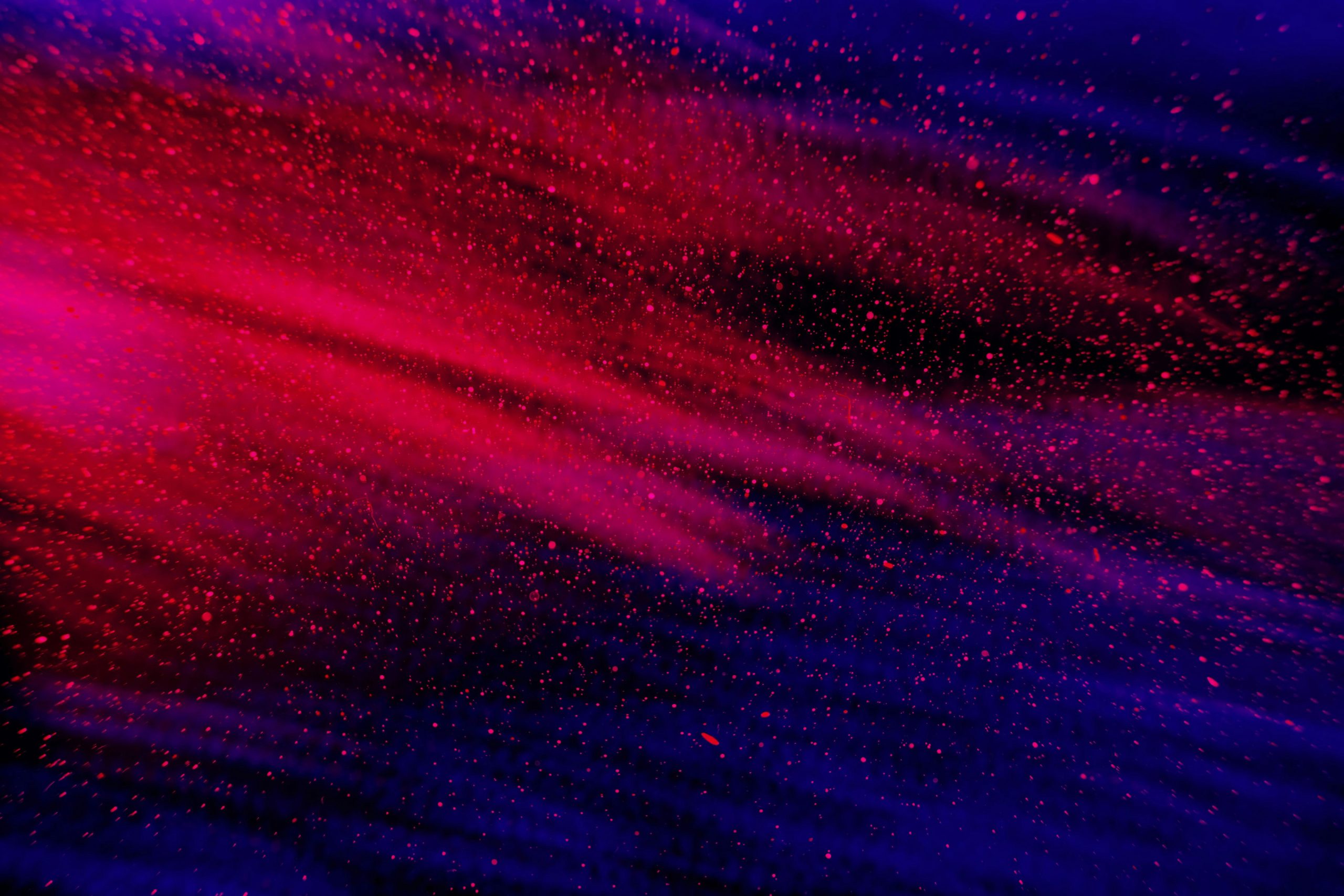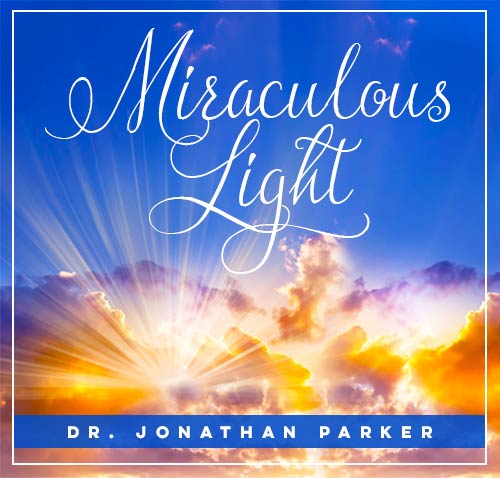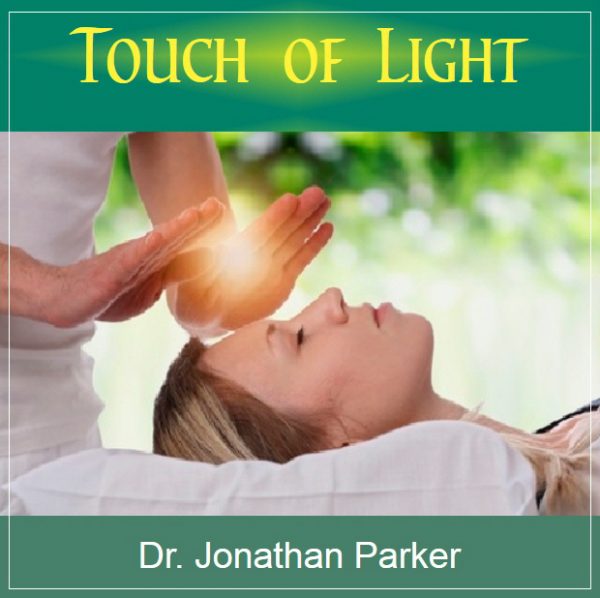Healing Through Light Therapy

Hey there, amazing readers! 🖐️ Just a quick note: yes, we know there are a lot of ads here. Trust us, we get it—it’s not the prettiest look, but they help us keep this blog alive and kicking. Those pesky little ads cover the costs of all the behind-the-scenes magic, from hosting and tech stuff to creating content we hope you’ll love.
We’re committed to delivering quality posts, and your support (even just sticking around despite the ads) means everything to us. So, bear with us, and thanks for helping us keep the good vibes rolling. Now, on to the fun stuff! 😉
TRANSLATE BUTTON AT THE END OF THE ARTICLE
Introduction to Light Therapy
In recent years, light therapy has gained popularity as a non-invasive and effective way to treat a variety of conditions.
Also known as phototherapy, light therapy involves exposing oneself to specific wavelengths of light to reap its healing benefits.
Whether it’s to improve mood, treat skin conditions, or alleviate pain, light therapy offers a natural and safe alternative to traditional treatments.
This article delves into the world of light therapy, exploring its science, benefits, and how it can be incorporated into your daily routine for overall well-being.
Understanding Light Therapy
Light therapy utilizes different wavelengths of light to stimulate healing and improve various bodily functions.
By exposing the skin to specific wavelengths, light therapy can trigger biological responses at a cellular level.
This can lead to increased production of serotonin, improved circulation, and enhanced cellular regeneration.
Depending on the type of light used, the effects of light therapy can range from mood enhancement to pain relief.
Light therapy can be delivered through specialized light boxes, lamps, or wearable devices, making it a convenient and accessible treatment option for many individuals.
The Science Behind Light Healing
The science behind light therapy lies in its ability to penetrate the skin and reach the cells, where it can influence various biological processes.
Different wavelengths of light have different effects on the body, with some promoting the production of collagen for skin rejuvenation, while others regulating circadian rhythms for improved sleep.
When exposed to specific wavelengths of light, photoreceptors in the skin and eyes absorb the light energy, triggering a cascade of cellular responses that can lead to healing and rejuvenation.
Types of Light Therapy
There are several types of light therapy, each utilizing different wavelengths of light to target specific conditions.
Some common types of light therapy include:
Blue Light Therapy: Used to treat acne by targeting bacteria that contribute to breakouts.
Red Light Therapy: Known for its skin rejuvenation properties, stimulating collagen production and reducing wrinkles.
White Light Therapy: Used to improve mood and treat seasonal affective disorder (SAD) by mimicking natural sunlight.
Infrared Light Therapy: Penetrates deeper into the skin to promote healing and reduce inflammation.
Depending on the condition being treated, different types of light therapy may be recommended to achieve the desired results.
Benefits of Light Therapy
Light therapy offers a wide range of benefits for both physical and mental health.
Some of the key benefits of light therapy include:
Improved mood: Light therapy can help alleviate symptoms of depression and seasonal affective disorder by regulating serotonin levels.
Enhanced skin health: Certain types of light therapy can promote collagen production, reduce wrinkles, and improve skin tone and texture.
Pain relief: Light therapy has been shown to reduce inflammation and alleviate pain in conditions such as arthritis and muscle soreness.
Regulated sleep: By mimicking natural sunlight, light therapy can help regulate circadian rhythms and improve sleep quality.
These benefits make light therapy a versatile and effective treatment option for a variety of conditions.
Conditions Treated with Light Therapy
Light therapy can be used to treat a wide range of conditions, including:
Depression: Light therapy has been shown to be effective in treating seasonal affective disorder (SAD) and other forms of depression.
Acne: Blue light therapy can help reduce acne breakouts by targeting the bacteria that cause inflammation.
Skin conditions: Red light therapy can improve skin tone, reduce wrinkles, and promote healing in conditions such as psoriasis and eczema.
Pain management: Infrared light therapy can reduce inflammation and alleviate pain in conditions like arthritis and muscle soreness.
These are just a few examples of the many conditions that can benefit from light therapy.
How Does Light Therapy Work?
Light therapy works by exposing the skin to specific wavelengths of light, which are absorbed by photoreceptors in the skin and eyes.
These photoreceptors then trigger a series of biological responses, leading to various healing effects.
For example, blue light therapy targets acne-causing bacteria, while red light therapy stimulates collagen production for skin rejuvenation.
The effects of light therapy are cumulative, meaning that consistent use over time can lead to more significant improvements in the targeted condition.
Safety and Risks of Light Therapy
Light therapy is generally safe when used correctly, but there are some risks to be aware of.
It is essential to follow the manufacturer’s instructions when using a light therapy device to avoid adverse effects.
Some potential risks of light therapy include:
Eye strain: Prolonged exposure to bright light can cause eye strain and discomfort.
Skin irritation: Some individuals may experience skin irritation or redness after light therapy sessions.
Mania: In rare cases, light therapy can trigger manic episodes in individuals with bipolar disorder.
To minimize risks, it is crucial to consult a healthcare provider before starting light therapy, especially if you have underlying medical conditions.
Choosing the Right Light Therapy Device
When choosing a light therapy device, there are several factors to consider to ensure you select the right one for your needs.
Some tips for choosing the right light therapy device include:
Consulting a healthcare provider: Seek advice from a healthcare provider to determine the most suitable type of light therapy for your condition.
Checking the specifications: Ensure that the light therapy device emits the correct wavelengths of light for the intended purpose.
Considering portability: If you plan to use the device on-the-go, opt for a portable and lightweight design.
By taking these factors into account, you can choose a light therapy device that is safe and effective for your specific needs.
Incorporating Light Therapy into Your Routine
To maximize the benefits of light therapy, it is essential to incorporate it into your daily routine consistently.
Some tips for incorporating light therapy into your routine include:
Establishing a schedule: Set aside a specific time each day for your light therapy sessions to ensure consistency.
Creating a relaxing environment: Choose a quiet and comfortable space for your light therapy sessions to enhance relaxation.
Combining with other treatments: Light therapy can be used in conjunction with other treatments for enhanced benefits.
By making light therapy a regular part of your routine, you can experience the full healing effects it has to offer.
Success Stories of Light Therapy
Many individuals have experienced positive results with light therapy for various conditions.
From improved mood to clearer skin, the success stories of light therapy are abundant.
One individual shared how light therapy helped alleviate their symptoms of seasonal affective disorder, allowing them to feel more energized and motivated during the winter months.
Another person noted significant improvements in their skin tone and texture after incorporating red light therapy into their skincare routine.
These success stories highlight the transformative power of light therapy in enhancing overall well-being.
Future of Light Therapy Research
As research into light therapy continues to evolve, the future holds promising advancements in the field.
Scientists are exploring new applications of light therapy, from targeted treatments for specific skin conditions to innovative devices that deliver light therapy more effectively.
The integration of light therapy with other therapies, such as cognitive behavioral therapy for depression, offers new avenues for comprehensive treatment approaches.
With ongoing research and development, the future of light therapy is bright, paving the way for new possibilities in healing and wellness.
Conclusion
In conclusion, light therapy is a versatile and effective treatment option for a variety of conditions, offering numerous benefits for physical and mental health.
By understanding the science behind light healing, choosing the right light therapy device, and incorporating it into your routine, you can experience the transformative power of light therapy firsthand.
With its safety, accessibility, and proven results, light therapy continues to be a popular choice for individuals seeking natural and non-invasive healing methods.
As research in the field of light therapy advances, the future looks promising for innovative treatments and enhanced wellness through the power of light.

The Enlightenment Journey is a remarkable collection of writings authored by a distinguished group of experts in the fields of spirituality, new age, and esoteric knowledge.
This anthology features a diverse assembly of well-experienced authors who bring their profound insights and credible perspectives to the forefront.
Each contributor possesses a wealth of knowledge and wisdom, making them authorities in their respective domains.
Together, they offer readers a transformative journey into the realms of spiritual growth, self-discovery, and esoteric enlightenment.
The Enlightenment Journey is a testament to the collective expertise of these luminaries, providing readers with a rich tapestry of ideas and information to illuminate their spiritual path.
Our Diverse Expertise 🌟
While our primary focus is on spirituality and esotericism, we are equally passionate about exploring a wide range of other topics and niches 🌍📚. Our experienced team is dedicated to delivering high-quality, informative content across various subjects ✨.
To ensure we provide the most accurate and valuable insights, we collaborate with trusted experts in their respective domains 🧑🏫👩🏫. This allows us to offer well-rounded perspectives and knowledge to our readers.
Our blog originally focused on spirituality and metaphysics, but we’ve since expanded to cover a wide range of niches. Don’t worry—we continue to publish a lot of articles on spirituality! Frequently visit our blog to explore our diverse content and stay tuned for more insightful reads.






















